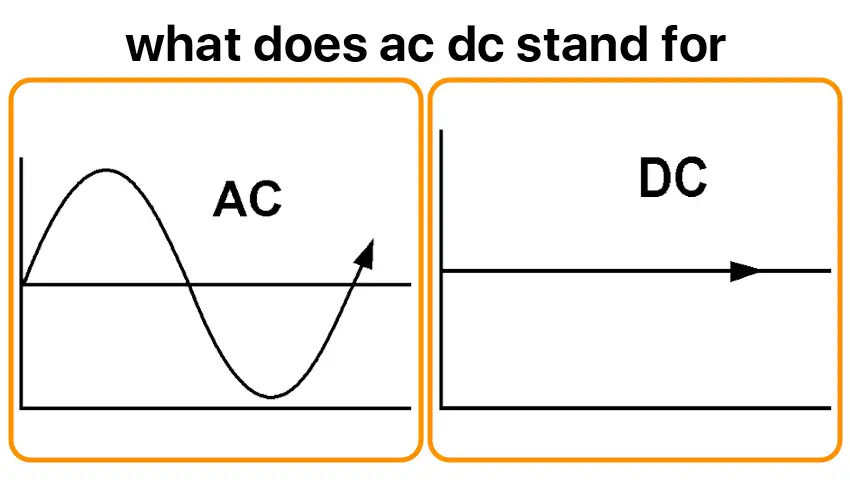Electricity is the lifeblood of modern society, powering our homes, industries, and technologies. It’s everywhere, yet many of us take it for granted. From the moment we flip a switch to the instant our devices spring to life, electricity is an invisible force that drives our world.
But did you know that not all electricity is created equal? There are two main types: Direct Current (DC) and Alternating Current (AC). Understanding the difference is crucial for anyone interested in how our world works. It’s not just about the physics of electricity; it’s about understanding the very fabric of our technological civilization.
Contents
Direct Current (DC)
Definition:
Direct Current is the flow of electric charge in a constant direction. It’s like a river flowing steadily in one direction, never changing its course. This type of current is the foundation of many of our portable technologies.
Applications:
- Batteries: From the small ones in your smartphone to the large ones in electric vehicles, DC is the power behind portable technology. It’s what keeps your devices going when you’re on the move.
- Electronic devices: Most of our gadgets, like laptops and smartphones, operate on DC power. This is because DC’s stable nature is less likely to damage sensitive electronic components.
Advantages:
- Stable voltage: DC provides a consistent voltage, which is ideal for sensitive electronic components. This consistency is crucial for the reliable operation of devices.
- Simpler circuits: DC systems are often easier to design and maintain due to their straightforward nature. This simplicity makes them more cost-effective and user-friendly.
Alternating Current (AC)
Definition:
Alternating Current is the flow of electric charge that periodically reverses direction. It’s like a wave, constantly changing direction. This type of current is what powers our homes and industries.
Applications:
- Power grids: AC is the standard for transmitting electricity over long distances due to its efficiency. It’s the backbone of our modern electrical infrastructure.
- Household appliances: From your refrigerator to your hairdryer, most home appliances run on AC power. This is because AC can handle the high power demands of these devices.
Advantages:
- Efficient for long-distance transmission: AC can travel long distances with less energy loss, making it ideal for power grids. This efficiency is due to the ability to transform AC voltage up or down as needed.
- Ability to transform voltage: AC can be easily transformed to different voltages, which is essential for adapting different applications and safety. This flexibility is a key advantage over DC in many situations.
The DC vs. AC Debate
- Historical context: The War of Currents was a battle between DC, championed by Thomas Edison, and AC, supported by Nikola Tesla and George Westinghouse. AC won out due to its transmission advantages, but the debate has never really ended.
- Modern implications: With the rise of renewable energy and smart grids, the debate continues. DC is making a comeback in some areas, especially with solar panels and battery storage systems. The efficiency of DC in these applications is challenging the traditional dominance of AC in power distribution.
- Future outlook: As technology advances, the line between DC and AC is blurring. We’re seeing more hybrid systems that use both types of current, taking advantage of the strengths of each. The future of electricity may not be one or the other, but both working in harmony.
Conclusion
Recap of the key differences: DC is steady and consistent, while AC changes direction and can be transformed. Both have their places in our technological world. Understanding these differences is essential for anyone interested in the future of energy and technology.
The significance of both: Understanding DC and AC is not just for electrical engineers; it’s essential for anyone looking to the future of energy and technology. As we move towards a more sustainable and efficient future, the choice between DC and AC will become even more critical.
Final thoughts: Whether it’s for your home, your car, or the grid, understanding the basics can help you make informed decisions about energy use. Knowledge is power, and in the case of electricity, it’s also the key to a brighter future.

